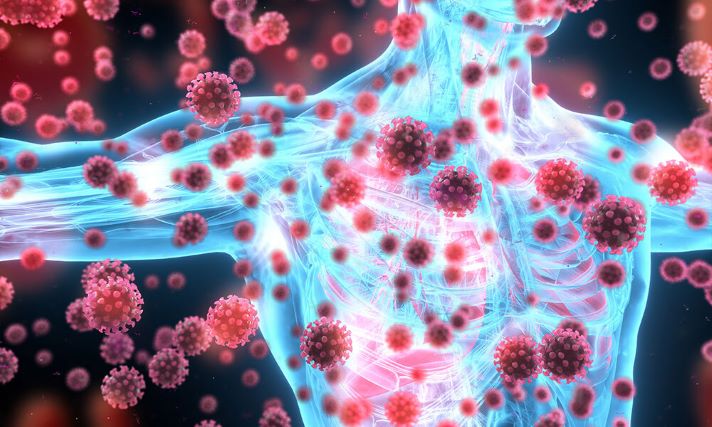The Common Problem Of Rare Diseases; How Can It Be Tackled?

New Delhi: Rare diseases are actually common. Worldwide, 7000 rare diseases affect 350 million people with the majority of them being children. According to the Indian Society for Clinical Research, 70 million patients in India suffer from such disorders, pointing to the urgency to address the issue.

Taking cognizance of the need to secure treatment for patients of rare diseases, the government launched the National Policy for Rare Diseases in March 2021. Even as the policy acknowledges funding gaps and entails provisions for financial support of up to Rs. 50 lakhs, competing health priorities today make it difficult for the government to fully finance such treatments.
The Central government has also attempted to boost accessibility by exempting basic customs duty on rare disease drugs that are imported for personal use or by institutions. However, it is critical to understand that the challenges are manifold. For instance, importing a drug at the patient level would mean higher intermediary margins, complexities of clearance formalities, and supply chain risks related to storage and transportation among others.
Rare diseases and their impact
Characteristically disabling, rare diseases are chronic, severe, progressive, and debilitating. They radically impact the quality of lives of patients wherein they suffer from a lack of self-sufficiency and are unable to do even simple daily tasks. Most of these disorders are genetic and without any exact cause. Moreover, relatively similar symptoms make the initial misdiagnosis common leading to subsequent delays in treatment, which in turn can be life-threatening. A dearth of diagnostic facilities, unfamiliarity on the part of the physicians concerning symptoms, and lack of awareness about genetic screening are some of the other issues related to rare diseases.
How can rare diseases be tackled?
Since rare disease patients struggle through their everyday lives, experts need to develop a robust support system that can help them deal with individual problems. It is also imperative to include rare diseases in the medical curriculum so that healthcare professionals can identify the symptoms and timely action can be taken. Additionally, genetic testing in patients needs to be a requisite, specifically in high-risk cases where there has been a family history of any rare disorder, according to a report in ET Healthworld.
Extending tax benefits to rare disease drugs that are approved for sale in India will not only help bring down the cost of treatment but also significantly enhance accessibility for Indian patients.
Government intervention
Government intervention would act as the foundation to tackle this health challenge. The National Rare Disease Policy is quite comprehensive and has been revised to cater to the specific aspects related to the diseases. Once implemented efficiently, it will lead to making a huge difference in the lives of patients. Efforts are underway to overcome the problem of rare diseases in the country. However, a lot of groundwork will be required if the efforts are to be successful. A behavioural change, most importantly, on the part of the medical fraternity and patients, would provide support to the government’s initiatives. A patient-centric approach would have to be at the bottom of all initiatives since it would provide a better understanding of the possibilities and limitations of the challenges at hand.
Rare diseases are poised to become one of the biggest health concerns in the country and a steady upswing in mortality is only worsening the situation. A coordinated strategy involving healthcare professionals, patients and the government will be necessary to tackle the problem from different angles, the report added.

Comments are closed.